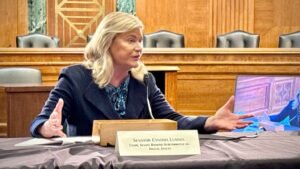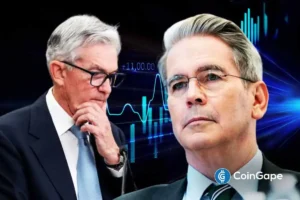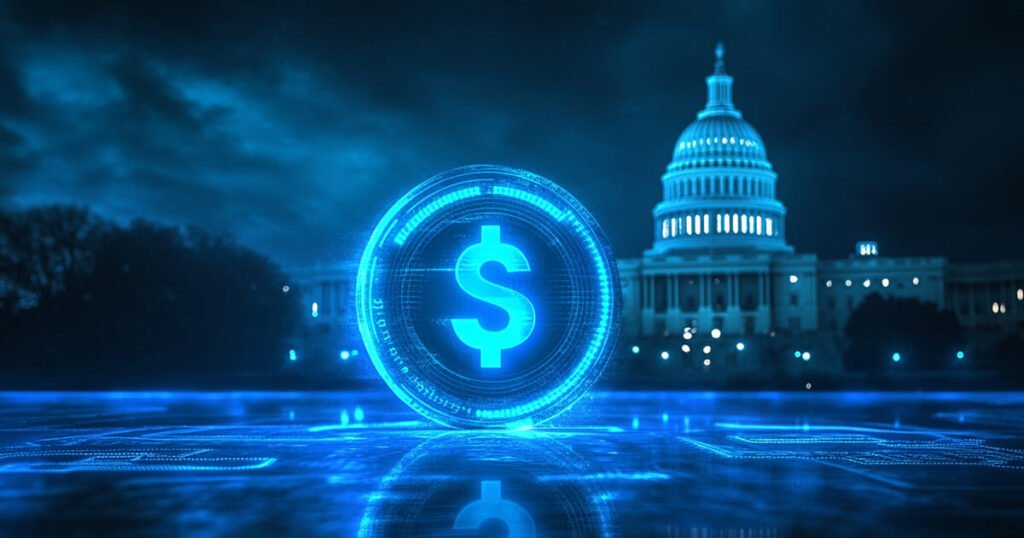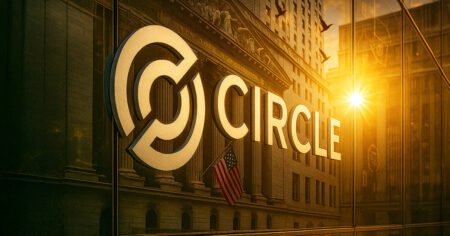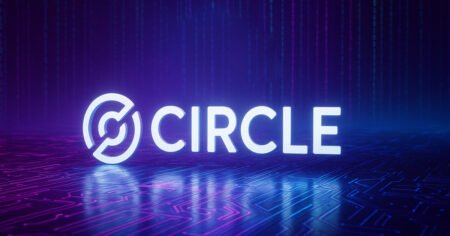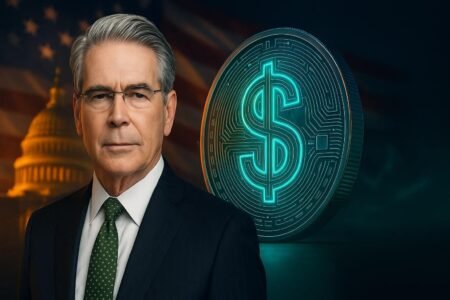The importance of US dollar-backed stablecoins in the financial system and the urgent need for regulatory framework were discussed during a hearing convened by the US House Committee on Financial Services. Lawmakers and industry experts gathered to discuss the potential benefits of stablecoins and the concerns surrounding a potential central bank digital currency (CBDC) in the US.
House Financial Services Committee chairman French Hill argued that stablecoins offer advantages over a CBDC by fostering competition and innovation. He emphasized that stablecoins, when properly regulated, can enhance US dollar dominance and modernize payment systems without excessive government control. Representative Bill Huizenga also highlighted the potential of stablecoins to simplify the US payment system and Congressman Andy Barr mentioned that stablecoins help maintain the US dollar’s status against competitors.
Charles Cascarilla, CEO of Paxos, dismissed the idea that a CBDC would provide benefits beyond those offered by stablecoins. He emphasized that innovation in the US has historically come from the private sector and that it should continue to embrace this approach. Congressman Tom Emmer supported prohibiting CBDCs in the US and referenced an executive order signed by President Donald Trump to drive stablecoins’ growth while banning federal agencies from pursuing CBDC plans.
The hearing also focused on the need for a clear legal framework to regulate stablecoins to ensure stability and adoption while preventing government overreach. The STABLE Act, which aims to regulate digital payment instruments like stablecoins, was central to the discussion. The bill proposes allowing banks and nonbanks to issue stablecoins with oversight varying based on the amount issued. It also mandates that stablecoins be fully backed by US dollars or approved assets and subject issuers to banking-like supervision.
Caroline Butler, global head of digital assets at BNY Mellon, emphasized the importance of the asset segregation framework laid out in the STABLE Act to protect client assets and ensure a stablecoin’s value. Randall Guynn, Chairman of Davis Polk & Wardwell’s Financial Institutions Group, highlighted that requirements from the STABLE Act could make stablecoins a “no questions asked” type of money. Carole House, a senior fellow at the Atlantic Council’s GeoEconomics Center, acknowledged the cybersecurity provisions in the STABLE Act and their importance in securing digital financial infrastructure.
In addition to regulatory considerations, the hearing also touched on stablecoins’ role in financial inclusion. Cascarilla noted that stablecoins provide a means for unbanked individuals to access digital dollars through smartphone wallets, enabling financial participation for billions worldwide who lack traditional banking access. Butler mentioned that financial institutions could provide trust and confidence in the stablecoin ecosystem, ensuring payment mechanisms evolve alongside traditional payment rails.
Overall, the discussion highlighted the potential benefits of stablecoins in enhancing competition and innovation in the financial system, while emphasizing the importance of a regulatory framework to ensure stability, adoption, and financial inclusion. The debate surrounding stablecoins versus CBDCs continues as lawmakers and industry experts work towards establishing a clear legal framework for these assets in the US.

